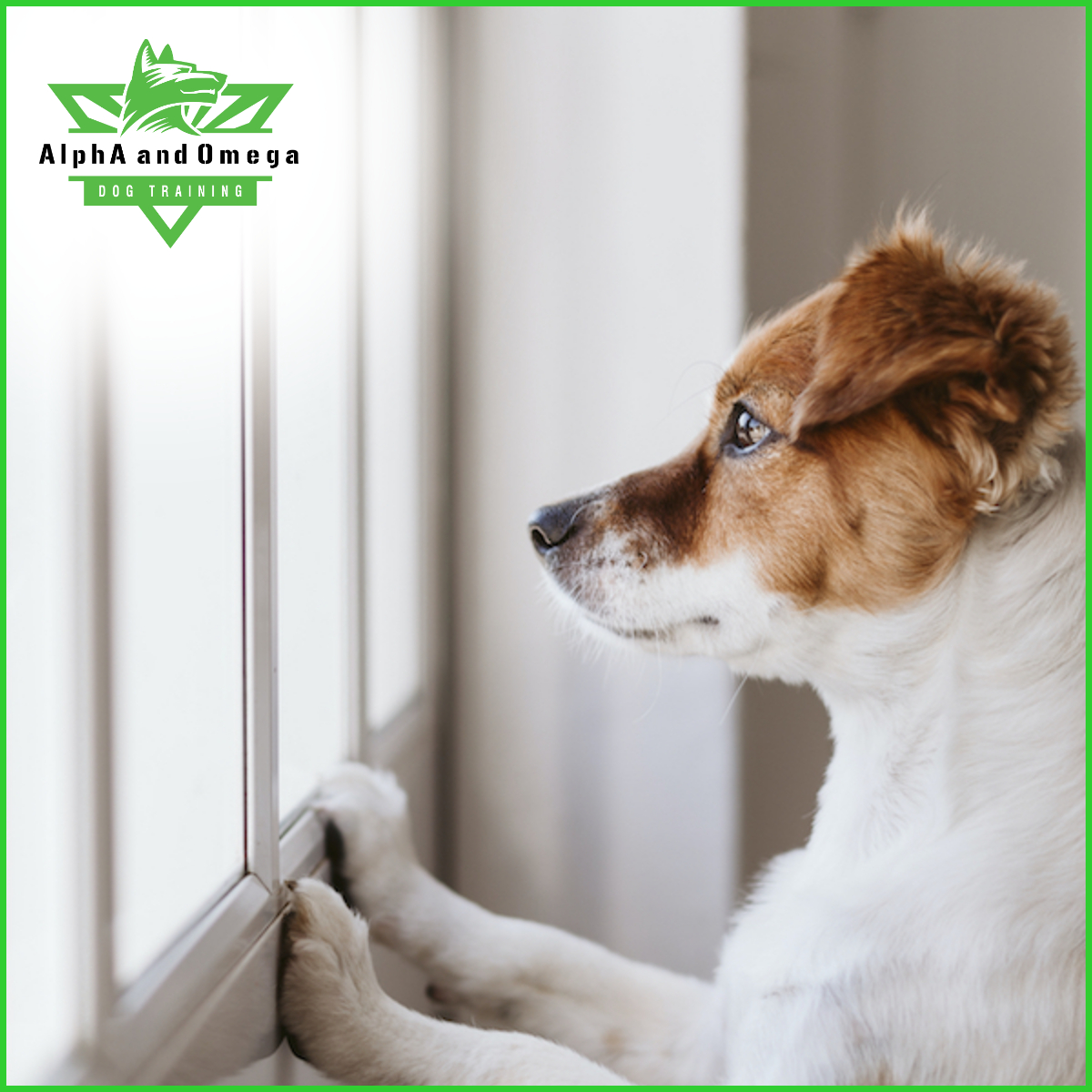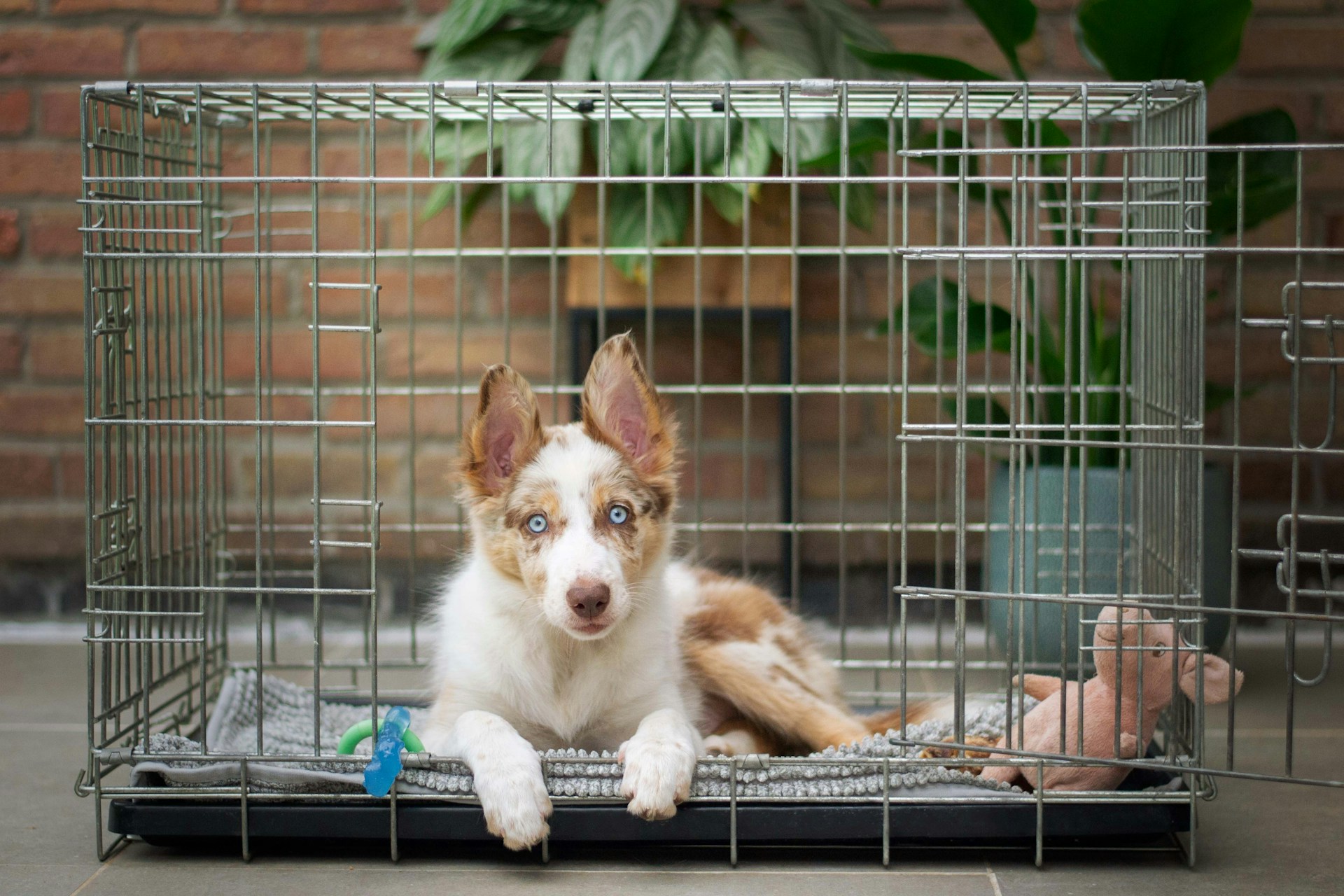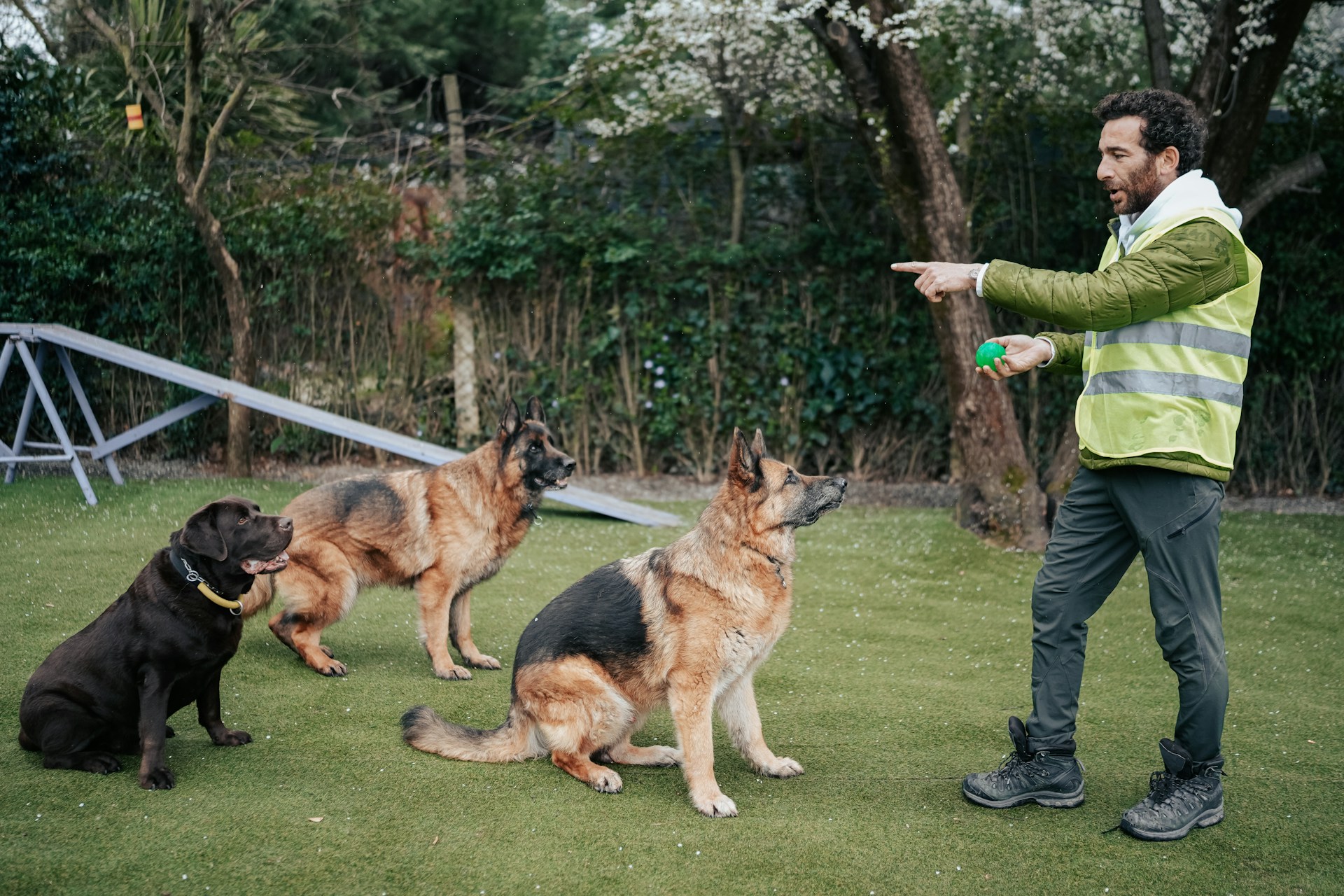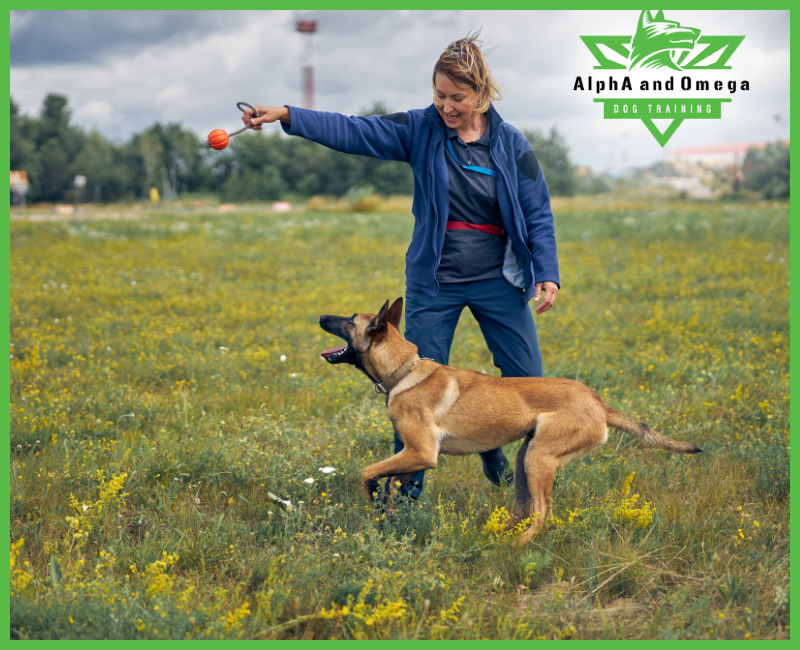With life getting back to normal, the time you spend at home will now start to decrease (phew!). But there is someone who might not feel so excited about interacting with the humans in the world beyond your safe home. Learn how to prepare your dogs and puppies for these moments with the tips below.
If they’re used to 24/7 cuddles and not having to share you with houseguests, here’s how to head off a rude awakening (and a lot of bad behavior). Pandemic puppies and COVID kitties may be used to lots of quality time with their humans, but as COVID vaccinations increase and case numbers drop, pets may need to prepare to spend more time solo.
How to Get Your Dog Puppy Ready for Post-Pandemic Life?
“Dogs and cats are creatures of routine, and they’ve probably gotten very accustomed to having us around the house all day during the pandemic—for pets adopted over the past year, this may be the only routine they’ve ever known,” says Douglas Kratt, DVM, president of the American Veterinary Medical Association (AVMA) and a practicing veterinarian in Onalaska, Wis. “The good news is our pets are resilient, and if we take steps to prepare them for this transition, they should be just fine.”
So how do you prepare your pet for a return to post-pandemic life? Whether you’re worried about how your puppy will deal with guests, or wondering if your kitten will take out her boredom on your sofa while you’re not at home, there are steps you can take now to help quell their anxiety—and yours.
Start Prepping Them Now
Don’t wait until a few days before you’re back to work to start prepping them—your dog or cat will need time to build up their confidence and be ready to spend time alone.
“The key to professional dog training is to build on successes and to prevent failures until much later in the learning process,” says dog trainer Max Belenitsky, owner of LECA Academy in Woodland Park, N.J. “Start with 30 seconds, and build up alone time to two to three hours. Don’t rush the process or you can trigger undesired reactions from your dog.”
You’ll want to introduce new routines gradually. “Schedule waking up, feeding, and walking as you might for your expected workday routine, then introduce a consistent departure schedule that builds on that routine,” Dr. Kratt suggests. “Practice short departures on a daily basis and gradually extend the time you are gone.”

Make Sure They’re Active While You’re Around
One key to preventing bad behavior while you’re gone is to make sure they’ve had plenty of exercise and stimulation before you leave. “Burning energy can help keep pets calm and relaxed,” Dr. Kratt says.
Give Them a “Job” While You’re Away
A pet left home without something to do is a pet who will find their own ways to entertain themselves—and you might not be a fan of those. So go ahead and give them something to keep them occupied.
“A job is an opportunity for the owner to assign a specific task for the dog to focus on while they are at home,” Belenitsky says. He recommends using the “place” command, which requires the dog to stay in a specific spot for a longer period of time, or investing in a few special, mentally challenging toys like puzzles or snuffle mats that are their designated home-alone toys.
Make Leaving Low-Key
Pets take a lot of cues from their pet parents—so if you make a big deal about leaving or seem stressed about it, they’ll likely pick up on that vibe.
Dr. Kratt recommends keeping it casual, and perhaps giving a small treat to help your pet associate you leaving with something positive.
Watch for Signs of Stress
Pets who are stressed out can express that in a number of different ways—whether it’s whining nonstop or peeing on your rug. “Dogs may destroy furniture, chew on shoes and other belongings, bark at every passerby and every squirrel in the yard, and can even do self-harm,” Belenitsky says.
If you’re coming home to a mess every day, it’s a sign that your pet is terrified about being left home alone, and may need more time and training to make it through the day.
Don’t Leave Them Alone too Long
Many of the most destructive activities happen when a pet is left alone for hours on end. If you need to be away for long stretches, it might be best to arrange for doggie daycare or a pet sitter to help ease the boredom.
“It’s not fair to ask a dog to be by themselves for a 12-hour stretch of time,” Belenitsky says. “They need to go outside, socialize with other dogs and people, play some games, practice obedience, and simply be present next to someone that cares. Even something as simple as coming home for a lunch or after school and spending 30 to 45 minutes with your dog can drastically improve their lifestyle.”

Ask Your Vet
If your puppy’s whining nonstop while you’re out, or your cat has taken to shredding the curtains, it might be time to call in an expert, whether that’s a veterinary behaviorist or the vet, Dr. Kratt says. “Treatment plans may include a combination of a behavior modification plan and medications.”
Arrange for Meet and Greets on Neutral Ground
If your dog hasn’t met any other humans inside the home for more than a year, they might be feeling a little territorial and overexcited when a new guest arrives. Belenitsky recommends bringing your dog out to neutral territory to meet and greet, or separating them from new guests until they get out that initial burst of excitement.
“Allow the dog to see the other party and gradually close the distance between the dog and the guests,” Belenitsky says. “Make sure that the dog is calm when the greeting actually happens—greetings should only happen when the dog has all four paws on the floor.”
Reference: {https://www.realsimple.com/work-life/family/pets/prepare-pets-for-postpandemic-life}
If your dog shows signs of stress, such as peeing on your rug or chewing on shoes, they might need more time and training to make it through this period. Our professional dog training will help you grow your bond with your dog. Connect with us on AlphA and Omega Dog Training Facebook Page or call (844) 739-0990 for a consultation!





